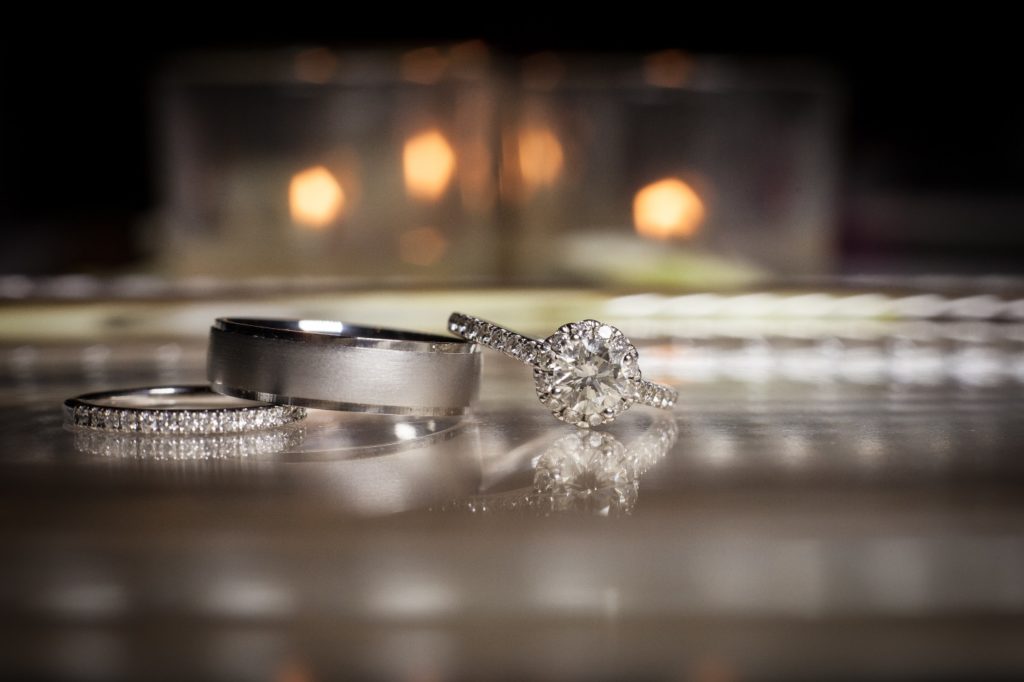Wedding Ring Traditions Revisited
Welcome back to the Stewart Kuper Jewelers blog! Last time on the blog while discussing the differences between wedding bands, rings, and differences in styles for genders (hint: there isn’t a standard! It’s all personal taste!) we mentioned briefly the history of wedding rings. We last covered that topic back in 2016 and while the history hasn’t changed, we figured now was a good time to go back over those wedding ring traditions in more detail.
Historical Traditions of Wedding Rings
The exchange of jewelry as a symbol of eternal love and unity between two people has an incredibly long history.
Ancient World
Go back 6,000 years ago, to 2,000 BCE and you will find the first evidence of wedding rings. Relics including papyrus scrolls show evidence of spouses exchanging rings, braided from hemp and reeds. It fits with their beliefs, as ancient Egyptians thought the circle a symbol for eternity.
The tradition carried on through the Greeks and Romans. The Romans firmly tied rings to matrimony. The very first known diamond ring was found circa late 100s CE. The most popular style was the use of ‘fede’ rings. These fede rings were designed to resemble two hands clasped together, perhaps in friendship, but traditionally love and marriage. The name is derived from the Italian phrase ‘mani in fede’ or ‘hands clasped in faith.’ This tradition would continue for centuries.
Romans also developed another popular styling for rings. Moving from the clasped hands, Romans began to carve the likenesses of the couple themselves on the rings. This tradition carried on to later cultures as well, seeing use in the Byzantine Empire as well as the Middle Ages.
Middle Age Progress
The Middle Ages saw those styles being developed further. The fede ring grew into new styles like the gimmel ring. These rings were created to be worn separately during the engagement period and on the big day the couple would combine them in a small puzzle into the whole. The symbolism of course is obvious, while each band is individual and free, they must be put together to be whole. These gimmel rings would be very intricate.
Another development of the Middle Age Progress is the posy ring. A posy is a shorter verse, usually from a poem. The 15th century saw these becoming commonly worn. At first the designs were bold and simple words but as time wore on the rings themselves became simpler while the inscriptions became more personal and poetic.
While the history of the diamond ring has been found at least to that early Roman ring, the first documented diamond ring was for Camilla D’Aragona in Italy circa 1475.
Modern History
Continuing on through the 17th century up to today diamonds were becoming more and more popular in engagement and weddings rings. During this time the ring could be given by either party to the other as a pledge and promise of their love.
That stackable ring trend dates back to the 18th century when posy rings were widely used as wedding bands traditionally and women would wear rings on either side of the ring to accent it.
Traditional Ring Finger
As stated previously, in ancient Egypt the rings were not even worn on the hand! Wedding rings have been worn on just about every finger possible. While nowadays the most common finger is the fourth of the left hand (the ‘Ring Finger’). This changes in country to country and tradition to tradition. Many folks around the world wear rings on their right hand.
So, the next time someone tells you that rings or diamonds are all a marketing gimmick, remind them that back as far as written history, people have exchanged these markers to denote love and commitment, while the specifics of the materials, place worn, and more, may vary, the act seems to have always been here.
If you or yours are looking for a ring contact us here at Stewart Kuper Jewelers and together we can find or make your perfect engagement and wedding rings.



